Essential preparation before travelling
Long Road Journeys Require Substantial Preparation.
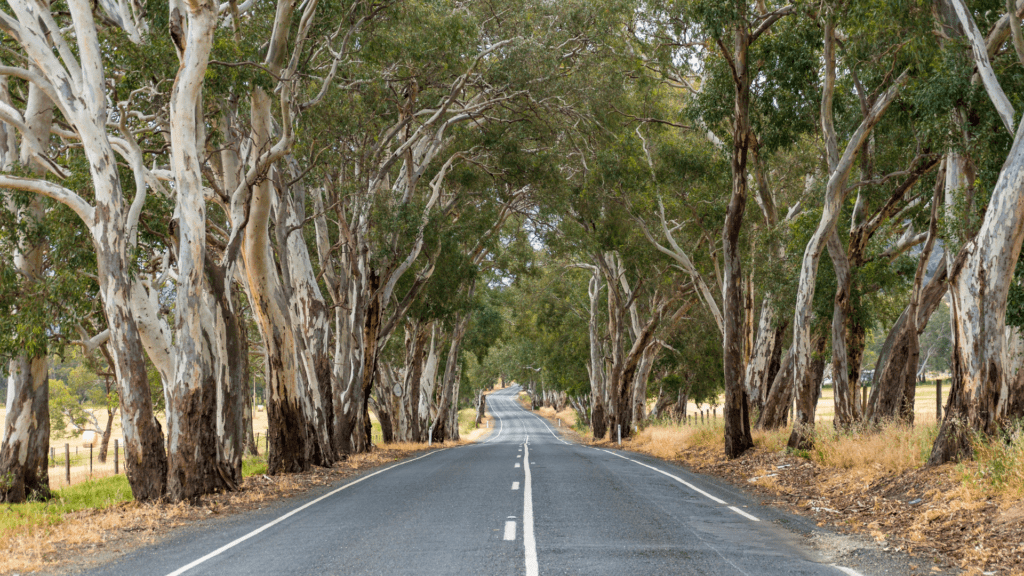
When planning a long road trip across a large country or a number of countries, preparation is essential. In addition to planning and preparing for a safe journey before leaving home, make sure you have everything you need to survive if serious trouble arises on your journey.
In fact, no matter how far you drive, if trouble strikes and you are not fully prepared, you will be sorry.
Australia, for example, has extensive stretches of varying quality bitumen and gravel surfaced roads. Australia also has a plethora of different speed limits, which can be perplexing for visitors. Road conditions can and will change quickly at times, particularly in areas prone to very heavy seasonal rains and dangerously high winds.
There may also be areas of Australia that experience scorching heat and temperatures nearing 50 degrees Celsius.
It’s always important to remember that you’re only as safe as the other drivers on the road allow you to be. No matter what country you’re travelling through, you’ll encounter many different types of road users travelling at different speeds and under different conditions, and that’s about as nicely as I can phrase this section.
You should conduct extensive research on the places you want to visit and the roads that will take you there, as well as create and adhere to a detailed checklist to help keep you and others safe on the road.
MAKE SURE YOU CAN TRAVEL LEGALLY ON YOUR JOURNEY.

If your vehicle registration or drivers licence will expire during the planned timeframe of your journey, then be sure to renew these prior to departure.
How many points are left on your licence?
If you only have three points left on your licence, it may be too risky to embark on a long journey. In NSW, Australia, for example, if you are caught speeding more than 10km/h over the limit, the minimum demerit points you can expect are 3 or 4, depending on whether you are on a provisional licence or not. If you have a lapse in judgement, fail to comply with the law, and the police catch you doing it, your driver’s licence will be suspended, you will be subject to a suspension period, and there is a process to follow to get your licence back.
If you’ve been driving alone and have suddenly lost your licence, you won’t be able to continue your journey and will be stuck trying to figure out how you’re going to get your car back home. Do not take the risk of driving without a licence because if you are caught, you will be without one for a many years.
You may be thinking that because you are driving this journey with your partner, there is no problem with you losing your licence because you can simply have your partner take over the driving. No, you’re mistaken, because if your partner becomes ill or suffers perhaps a foot injury during the journey, you won’t be able to legally take over the driving and allow your partner to rest and/or heal.
So, if you intend to take long road trips in the future, it may be worthwhile to consider always adhering to the road rules in order to avoid having a much-anticipated trip that you may be enjoying ruined by a single mistake.
First Aid and Snake Bite Kits
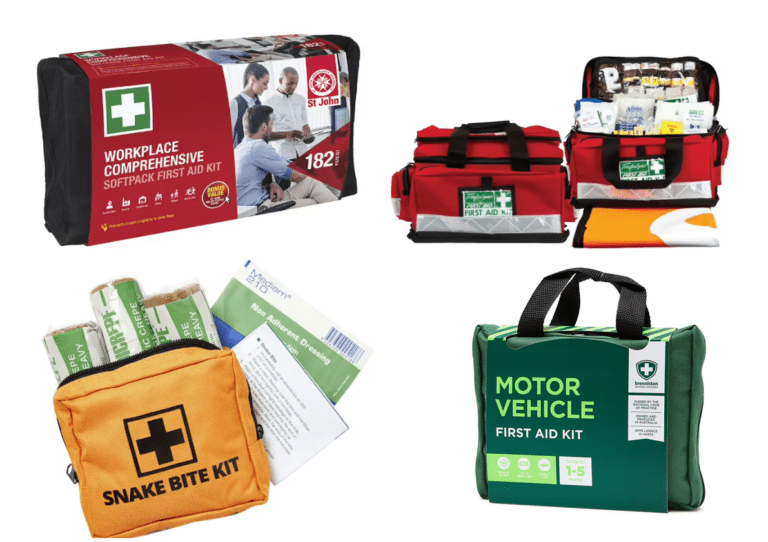
Whether you’re driving across the country, visiting remote locations, or simply driving around town, keep a fully stocked quality first aid kit in your car at all times to be fully prepared for whatever life throws at you.
You are giving yourself the best possible opportunity to endure an emergency situation if you have a high quality first aid kit. Purchase the largest and best you can afford and fit in your vehicle; it’s like the famous Franz Kafka quote, “Better to have and not need, than to need and not have.”
Another advantage of travelling with a quality first aid kit is that you may come across another traveller who has been in a vehicle accident. Depending on where you are, it may take some time for the ambulance or rescue helicopter to arrive, and you may end up saving someone else’s life.
If you use something from your first aid kit, make sure to replace it as soon as possible; the life you save by having that one item in your kit could be your own.
First Aid Books
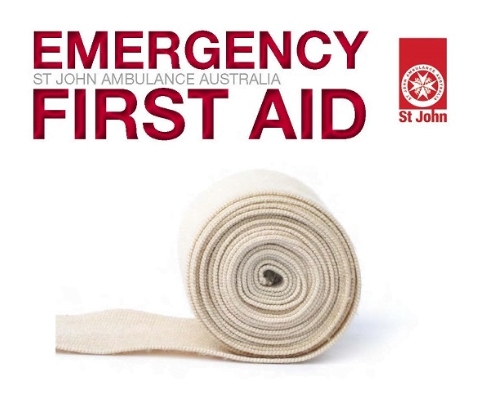
The emergency first aid book from St John Ambulance Australia is a step-by-step, illustrated first aid reference. It outlines the steps to take in the most common emergency situations, such as how to resuscitate an unconscious patient. Emergency First Aid covers the goals of first aid as well as the responsibilities of a first aider, giving you the confidence and knowledge to provide first aid.
Download the Emergency Plus App
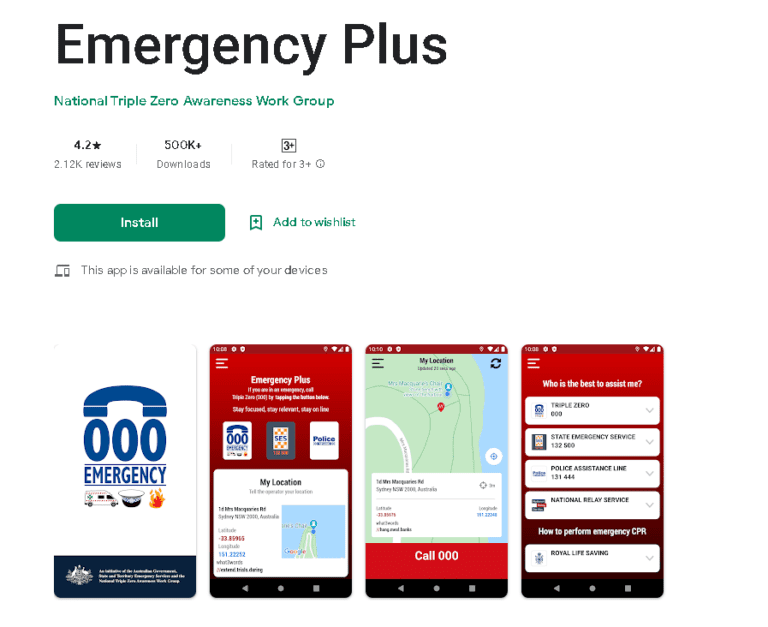
When travelling around Australia, I recommend that you download the ‘Emergency Plus’ app onto your mobile (cell) phone, which could save your life.
Time and location accuracy are critical in an emergency. Downloading The Emergency Plus app provides you with a powerful tool that will allow you to quickly call Triple Zero (000) and accurately communicate your location to emergency call-takers.
This app is being developed by Australia’s emergency services and their government industry partners, so if you find any bugs or errors, please report them; by doing so, you are helping everyone.
Mobile Phone Network Coverage in Australia

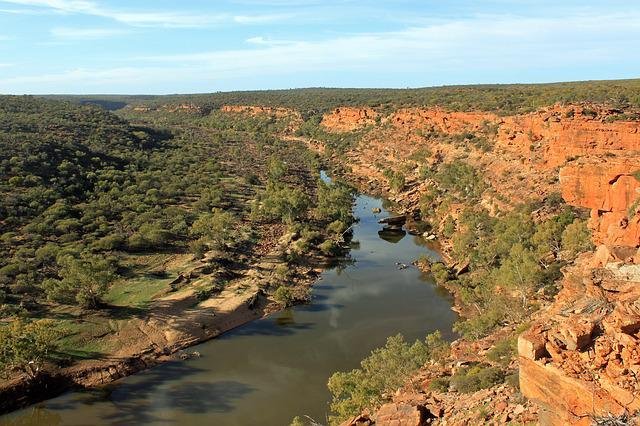
One of the unfortunate aspects of a country like Australia is large number of mobile phone reception Blackspots.
When our mobile phone networks advertise the amount of coverage they provide, the gravity of the problem with lack of coverage across the country is not conveyed.
The problem with one of our major mobile networks advertising coverage for 99.5% of the population is that 85% of the population lives within a few hours drive of the coast. This leaves a significant portion of Australia with either limited or no mobile phone coverage.
The issue with visiting travellers driving in an area without mobile phone coverage is, of course, what will you do if there is an emergency?
In Australia, you dial 000 in an emergency, and you can dial 000 even if your mobile network provider does not cover the location of your emergency; when you dial 000, your call will be routed through any available mobile network.
To make that emergency call, you must be in the coverage area of at least one of Australia’s mobile provider networks.
This link from canstarblue allows you to view the registered mobile reception Blackspots.
A Satellite Phone Will Keep You Safe

The best means of communication to guarantee you can call for help in an emergency anywhere in Australia is a satellite phone.
Knowing that you can call for assistance right away in an emergency is incredibly comforting. One can be purchased or rented for a reasonable price if you frequently travel outside of a mobile service area.
The two most well-known satellite phone networks in Australia are Iridium and Globalstar. Because of its 66 low-Earth orbiting satellite constellation, an Iridium phone will work anywhere in Australia; in fact, it will provide coverage anywhere in the world. The only disadvantage of a satellite phone is that it requires a clear view of the sky to function.
You can get a satellite phone on a monthly plan from mobile phone carriers like Telstra and Vodaphone, and there are a wide range of plan options available, but be aware of Minimum Costs, which can run into the thousands.
You can also hire a Satellite Phone kit from satellitehire.com.au for as little as $18 per day for a minimum of seven days, and you can call them for a better rate if you need it for four weeks or longer. They provide pick-up and drop-off services throughout Australia, with start and finish locations that are convenient for you, for a fee of $20 each way.
Other options for emergency communications

In the event of an emergency, having a backup mode of communication is a good idea. A CB radio could potentially help you in an emergency, but they are really only for short-range communication.
A quality 5W UHF CB radio has a line of sight range of up to 20 kilometres, which can be increased by 25% using a twin antenna setup (6.6/3.0 dBi gain) such as the Uniden dual removable whip ATX970WTWIN from Autobarn.
You could get a higher gain Antenna for your distance option with a 9dBi gain antenna.
The longer antenna has the greatest range but is less effective in hilly or rising and falling terrain situations than the shorter one.
GME make a pretty good quality UHF CB Radio and their XTS-370C very popular.
A UHF CB Channels 5 and 35 are the dedicated emergency channels and for more information on this subject you can refer to radiorescue
You can also go down the path of a High Frequency (HF) Radio, long-distance communication over HF radios is possible over distances of up to 3000 km, depending on the frequency, equipment, and weather.
Due to the high transmission output (about 100 watts), these must be used legally and require a licence or membership in an HF club. Because new units are quite expensive, finding 2nd Hand units and having them serviced makes sense. Once licenced, you can call for emergency assistance, other members or contact base stations all over Australia for assistance, depending on the HF club you’ve joined.
Austravel Safety Net Inc is a very popular organisation to join if you purchase a HF Radio. Any traveller in Australia who visits areas without mobile phone service has the option of using High Frequency radio (HF) as a viable means of making an immediate call for help that could save their life.
Wide area communications are just one function of an HF radio connected to the Austravel Safety Network. Just a few advantages include having peace of mind about your safety and fostering a sense of community by interacting with others while travelling.
Well beyond the capabilities of the mobile phone network providers, Austravel offers coverage across all of Australia.
Purchase either a Navigation or handheld GPS device
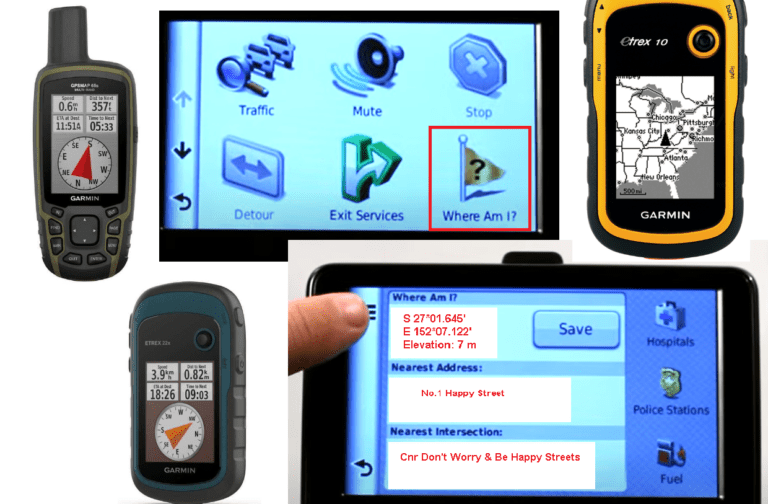
Use your vehicle’s GPS Navigation or Handheld GPS device in an Emergency
In your car, a global positioning system (GPS) navigation device detects satellite signals to pinpoint your exact location and allows you to plot a course to your destination. They will all allow you to pinpoint your exact location with an accuracy of around 15 metres depending on the conditions. A handheld GPS device, on the other hand, will provide you with an accuracy of about 3 metres. If you plan on hiking far from your car in remote Australia, having a handheld GPS in your pocket may be a good idea.
Mapping your journey with your GPS Navigation Device
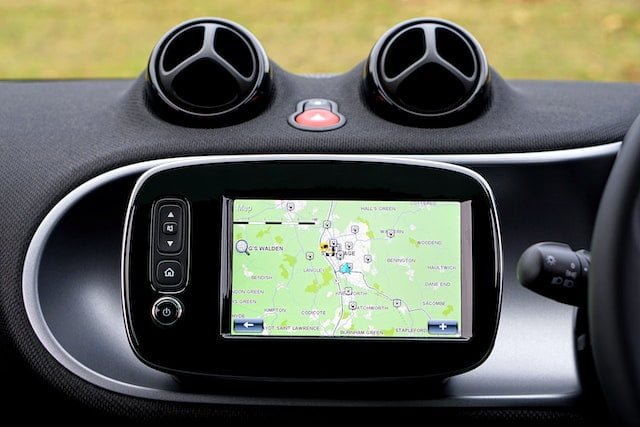
Even though you might have a total journey of many
thousand kilometers, only ever ask your GPS Navigation device to plan the exact
trip you have planned for that day. A
lot of Australia is still to be accurately mapped and not all devices have the
same quality maps and these devices cannot always tell what a main sealed road
is and what’s not.
Many people including myself have been caught out travelling
around Australia where the GPS has decided to take you on a short cut but it
didn’t seem to care about the off-road capabilities of your vehicle and what
your fuel situation was.
I’ll never forget driving down a very battered bitumen
road in the middle of nowhere, which eventually turned into a gravel road, and
then finding myself with no road of any description in front of me.
I had placed far too much trust in the GPS Navigator;
I never thought to double-check the route it planned to take me on first thing
in the morning, and I probably didn’t notice if it had recalculated my route
along the way.
I was extremely fortunate to have had enough fuel
remaining to drive to the nearest petrol station, as I had very little water
and no food left in my Esky.
It could have been a very difficult situation for me
and anyone travelling with me.
By only plotting a route for that day, you give the
navigation device less to think about and reduce the number of mistakes it may
make. Use the zoom in and out functions when viewing the map it generates to
ensure you’re not driving across someone’s farm or a section of the desert with
no roads.
Travelling around Australia with your Dog
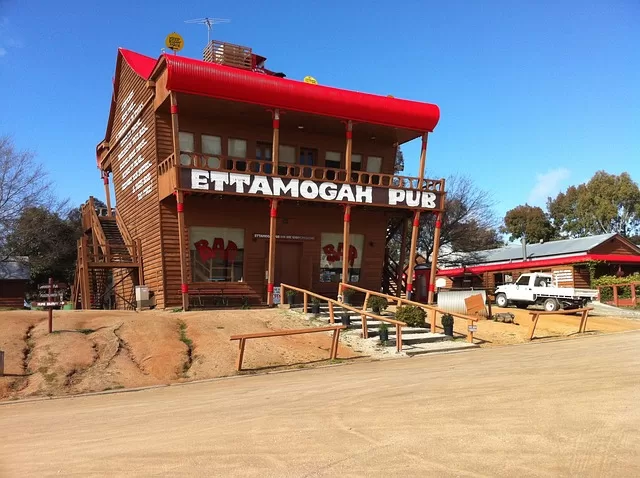
If you are interested in travelling around Australia with your dog, you should consider visiting the ‘My Pet Support’ website, specifically the ‘Pet Friendly’ page and the ‘Pet Friendly Road Trips Around Australia’ blog article.
I’m fairly certain that any questions you have will be answered here. Whether you are an international visitor looking to explore the vastness of Australia with your furry best mate or an Australian resident looking to explore their own country with their four-legged companion, these two website resources have you covered.
Setting up your car prior to travelling long distances.
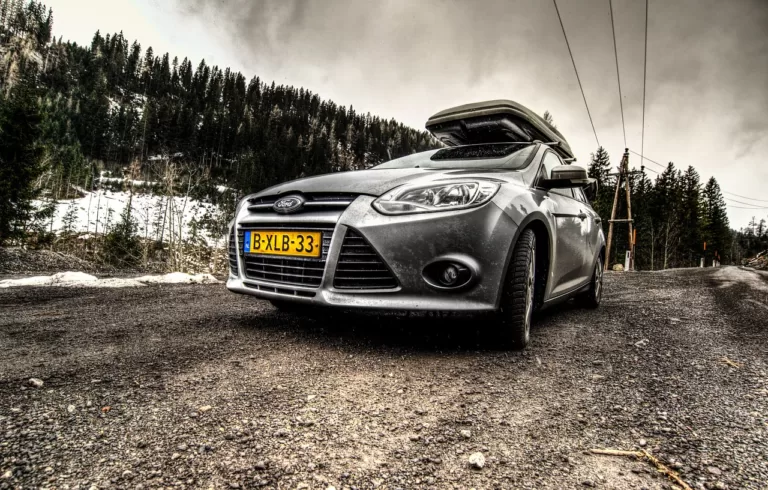
When it comes to effective and convenient additional storage for your journey, it’s really hard to look past the value of rooftop cargo boxes and bags. Both options are great and which type you end up going for will most likely just come down to your personal taste or specific requirements. This is the link to my blog article on Vehicle Rooftop Cargo Bags & Boxes.
In addition to solving your travel storage needs, the next thing you should probably look at with a good level of detail is what tools and other travel incident specialist items you need to carry in your car. There’s a lot of careful and thoughtful consideration that should go into equipping your car correctly for the specifics of your planned journey. You can click here for my blog article on What Tools Should I Pack In The Trunk Of My Car
Contact Us


